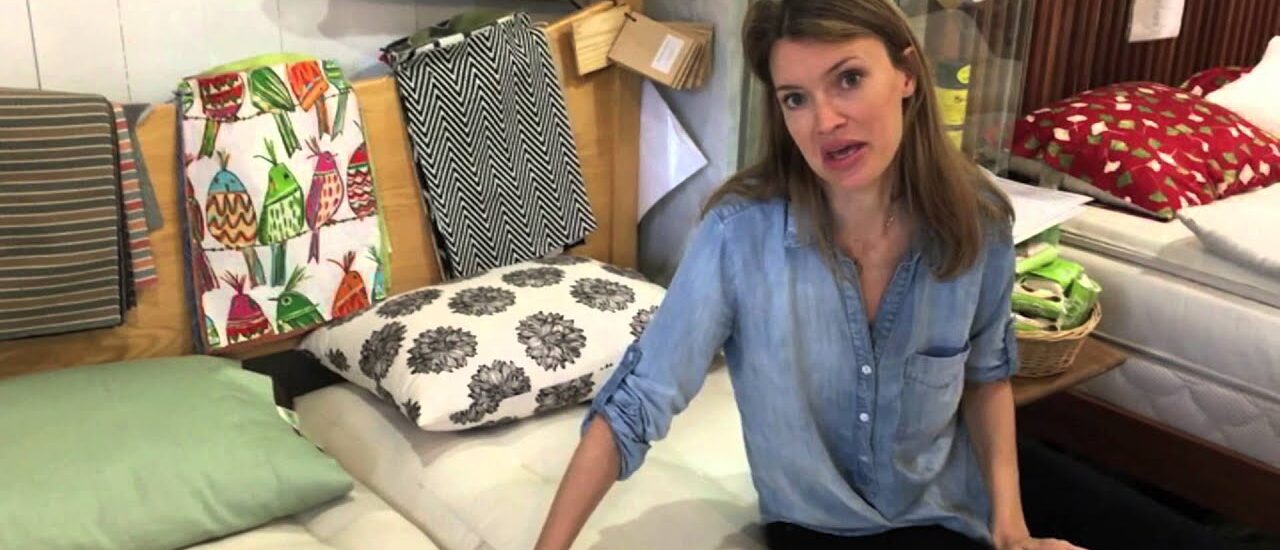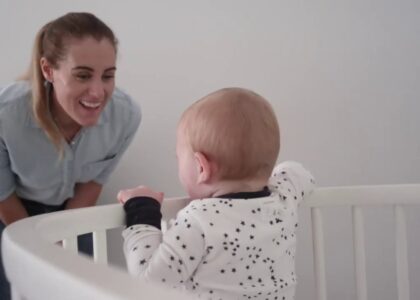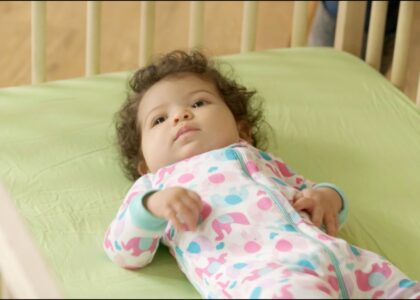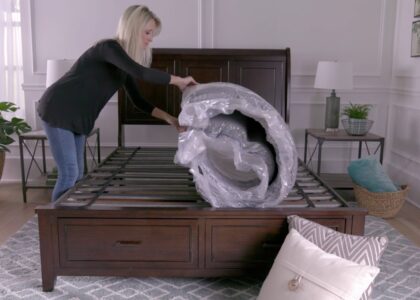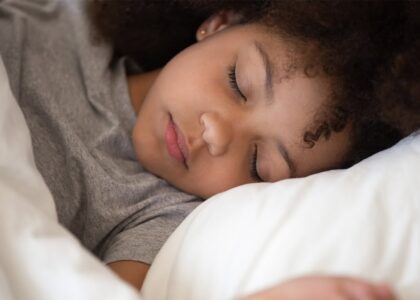If you are wondering, what age can a child be for a memory foam mattress? There are a number of things to consider before you make your decision. For kids 8 and under, a firm mattress is the best choice. Teenagers develop specific comfort needs that can make memory foam difficult to use for them. But, it’s important to remember that even older kids can enjoy the comfort and firmness of memory foam if the mattress is firm enough for them.
8- to 12-year-olds
If you’re shopping for a new mattress for a child, consider a memory foam mattress. They are the most comfortable mattresses on the market today. But what exactly does this material have to offer? Let’s take a look at a few features of memory foam mattresses. They are made up of two or three layers of foam, including an adaptive memory foam comfort layer. This memory foam is specially designed to distribute the child’s weight evenly. A base layer of high-density foam serves to reinforce the sleep surface and prevent it from sinking. A protective cover for the mattress is available to hide spills and dirt.
Children between eight and twelve years old should opt for a mattress that is medium-firm. Firm mattresses are not suitable for young children, but medium-firm mattresses can accommodate most children. The firmness of the mattress is important because it affects a child’s spine alignment, which is crucial for normal growth and health. A medium-firm mattress is an ideal choice for children between 8 and 12 years old.
Choosing a memory foam mattress for a child should be based on their specific needs and budget. A medium-firm foam mattress will offer the right balance of comfort and support for children. The memory foam is also supportive, which will prevent your child from developing joint pains as they sleep. And if you’re shopping for a mattress for your child, you might want to consider the Nectar mattress, an all-foam model with a lifetime limited warranty and a 365-night sleep trial.
While children under two need a firm sleeping surface for proper bone development, older children can sleep on a memory foam mattress with relative ease. Just remember to avoid mattresses with excessive memory foam, because it tends to trap heat. If your child is older, you may want to consider a mattress with latex and coils for better airflow. A mattress that is certified by the GREENGUARD Environmental Institute is a better choice than a cheap foam mattress.
Natural latex
When buying a new mattress for your child, it’s important to consider the age at which they’ll outgrow it. Buying a mattress that’s too small for your child now may not be comfortable as they grow. A full-size mattress for a child over the age of seven may be appropriate, but older children may need a larger mattress. In such cases, you may want to consider getting a twin-size mattress, but be sure to check the age range.
The best mattress for a child is one that can withstand repeated use and is stain-resistant. This type of mattress should feature a machine-washable cover. You can choose from a variety of different designs to find one that fits your child’s needs. Children should not sleep on an adult mattress under two years old, as they can suffocate if it comes into contact with an adult or sibling. A good memory foam mattress for a child should be durable enough to last at least 8 years, but also comfortable for your child.
While a memory foam mattress may be comfortable and aesthetically appealing, it can pose health risks for your child. Latex is a naturally-occurring substance that may trigger allergic reactions in certain children. If your child has a history of allergies, you may want to choose a mattress that is made of natural latex. Latex is a natural material, so it’s best to opt for one that’s chemical-free.
If you’re looking for a mattress for your child, consider choosing a hybrid model. Hybrid models have a soft foam comfort layer underneath a firmer memory foam layer. Hybrid mattresses have a hybrid base and will still provide adequate edge support. Considering the benefits of both types, a memory foam mattress may be the better choice for your child. However, you should always keep in mind the safety concerns.
CertiPUR-US certified
A child’s bed should be comfortable and safe, and a CertiPUR-US certified memory-foam mattress will do just that. There are several reasons to purchase a CertiPUR-US-certified memory-foam mattress for children. The material used in memory foam mattresses is durable and hypoallergenic. These mattresses also come with a 10-year warranty and a 100-night sleep trial.
The CertiPUR-US certification seal indicates that the foam has passed a stringent test by independent testing laboratories to ensure that it is free from chemicals and other harmful elements. Children’s beds must meet a CertiPUR-US certification seal in order to receive the seal. If a product is not CertiPUR-US-certified, you may want to choose a different type of mattress.
When buying a memory-foam mattress for a child, take into consideration the child’s preferred sleeping position. Some children sleep on their sides, and they may prefer a softer mattress that allows them to sink in the wider parts of their bodies. Back sleepers, however, prefer a firmer mattress, which helps prevent excessive sinkage. In addition, look for a mattress with good contouring and support for a child’s growing body.
One of the best qualities of a CertiPUR-US-certified memory foam mattress for children is its low VOC emissions. It also has a removable, machine-washable cover, and is breathable. Most CertiPUR-US-US certified mattresses are less expensive than other types of mattresses. Although the foam is not fully inflated, there have been some reports of consumers complaining about the size of the mattress.
Cost
If you’re worried about the price tag of a memory foam mattress for child, there are many things to consider. Quality of sleep is important to a child’s health and performance. It’s no secret that parents limit screen time before bedtime and enforce lights-out, but they don’t always consider their child’s mattress. This can greatly affect the sleep of a child, so it’s important to find a quality mattress.
When choosing a memory foam mattress for child, consider the firmness level and the type of material. A mattress ranging from medium-soft to firm is recommended for children from three to eight years old. Most mattresses are made with two or three layers of foam, with the comfort layer composed of adaptive memory foam that distributes the child’s weight evenly. A high-density foam base layer strengthens the sleep surface to prevent sinking. Many mattresses are covered with a stain-resistant finish called Nano Stain Terminator.
When purchasing a memory foam mattress for a child, it is important to consider the health benefits and durability of the material used. A good mattress will last for many years, eliminating the need for replacement every couple of years. A high-quality mattress will be much better for your child’s posture and health. A higher price tag doesn’t mean you shouldn’t invest in a good mattress. Buying one for your child now is a great investment and worth the money.
Another important factor to consider is the size. Children grow fast and outgrow their beds in a few years. Choose a memory foam mattress for child size that can grow with them. Purchasing a large mattress for a child below seven years of age will ensure that your child doesn’t outgrow it and you won’t need to replace it as they grow. Also, make sure to check the manufacturer’s warranty on the mattress.
Durability
A good memory foam mattress for kids should have a four-inch premium foam base. This will help the mattress stay sturdy, and it will help reduce heat and mold buildup. It is important to use a mattress protector, but this should not be the only method of protecting the foam. Your child will likely sleep on it for several years, so you want to ensure the durability of the mattress by purchasing one that can stand up to repeated use.
If you are concerned about durability, consider buying a memory foam mattress with a gel-infused layer. This type of memory foam is more breathable than conventional foam. The open cells in this material allow air to circulate and dissipate body heat away from the bed, providing a cooler sleeping surface and fewer restless movements. Your child will sleep more soundly on a memory foam mattress than a traditional innerspring mattress.
While purchasing a memory foam mattress for your child, consider the age of the child. If they’re under two years old, it’s important to buy a firm mattress that will promote bone development. After this age, you may want to upgrade to a soft or medium memory foam mattress. However, you should consider the toxicity level and the comfort level of the memory foam mattress for children before making the final decision.
Another consideration when buying a memory foam mattress for your child is the materials used. The best mattresses are made of organic cotton or wool, which are free of any harmful chemicals. Also, look for a mattress that is CertiPUR-US certified. This ensures that it is free of chemicals and VOCs. Most children’s mattresses do not come with mattress protectors, so you’ll have to purchase them separately.

